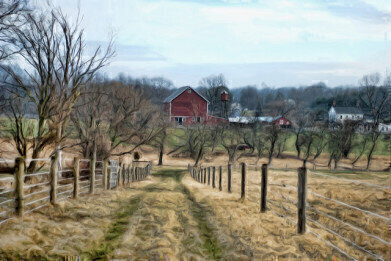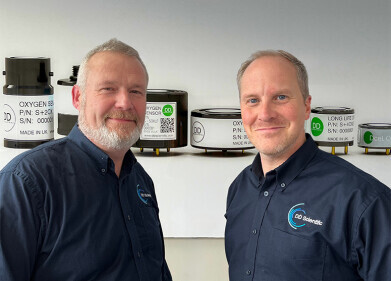Business News
Is Farming Key for Carbon Trapping?
Feb 12 2018
According to the old adage, if you’re not part of the solution then you’re part of the problem. When it comes to the environment, farming has traditionally been seen as part of the problem. Not only does it result in deforestation and land clearing, but it also emits copious amounts of carbon and methane into the air.
However, a new approach could seek to turn that adage on its head by using farmland to solve the very problem it has helped to create. Published in the journal Scientific Reports, one paper argues that the same soil used in agriculture could be used to trap carbon from the atmosphere and lock it safely away.
Weakness as strength
It’s a well-known fact that agriculture and other forms of farming contribute serious amounts of methane and carbon dioxide to our atmosphere; indeed, it some experts estimate the industry could account for as much as 33% of all global greenhouse gas (GHG) emissions.
Until now, efforts to reduce the harmful effect that agriculture has on our planet have been largely confined to methods of farming themselves. For example, small-scale farming has been suggested as a method of improving biodiversity in certain regions, while biodynamic farming is an organic approach which seeks to curtail our impact on the planet.
However, both of these seek to limit our emissions and impact on the planet, rather than actively try to improve the current situation. Using farmland soil for carbon trapping is an underappreciated and potentially impactive technique which could be responsible for removing the same amount of carbon from the atmosphere that the transport industry emits.
Two birds with one stone
Both of the techniques outlined above are concerned with mitigation; with reducing our harmful effect on the atmosphere. Other new farming methods are more orientated around adaptation and getting the most out of difficult-to-farm regions of the world (in China, for example, roughly 3.3 million hectares of arable land is too contaminated to be suitable for farming).
The adoption of carbon trapping in farmland soil tackles both of these problems in one fell swoop. Not only would it be capable of removing dangerous gases from the Earth’s atmosphere, it would also strengthen soil resilience and fertility in the process. The study shows that the USA would be most suited to such an approach, but much of Europe, India and heavily cultivated parts of Africa would also stand to benefit.
Of course, it’s still early days for the idea and this paper is only the first of presumably many investigations into how practical it could be on a large scale. But with researchers estimating carbon sequestration in agricultural land could achieve up to 53% of the targets set out in the 4p1000 Initiative as agreed upon at the Paris COP21 climate talks, it could pose an attractive option going forwards.
Digital Edition
IET 34.2 March 2024
April 2024
Gas Detection - Biogas batch fermentation system for laboratory use with automatic gas analysis in real time Water/Wastewater - Upcycling sensors for sustainable nature management - Prist...
View all digital editions
Events
Apr 22 2024 Hannover, Germany
Apr 22 2024 Marrakech, Morroco
Apr 23 2024 Kuala Lumpur, Malaysia
Apr 23 2024 Kintex, South Korea
Apr 23 2024 Edmonton, AB, Canada



















